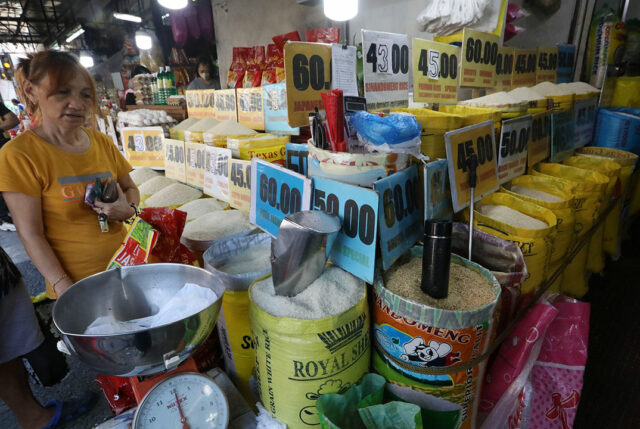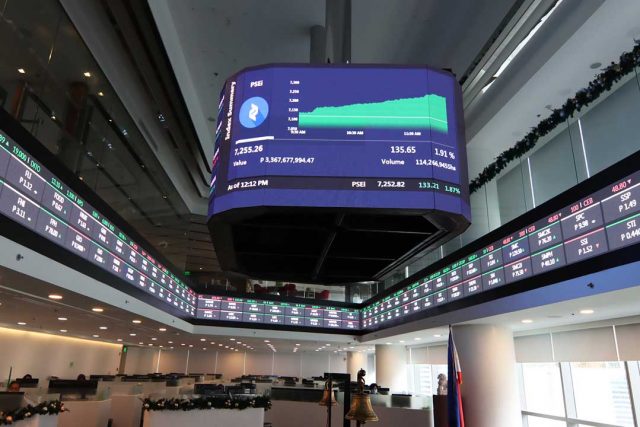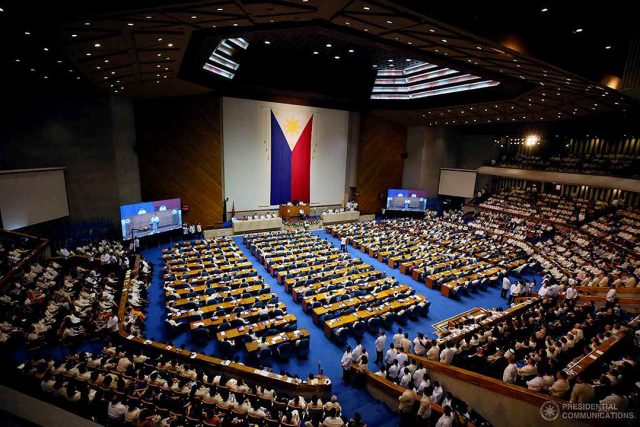UN humanitarian chief slams aid plan for Gaza proposed by Israel, backed by US
UNITED NATIONS – United Nations aid chief Tom Fletcher on Tuesday criticized an Israel-initiated and U.S.-backed humanitarian aid distribution plan for Gaza as a “fig leaf for further violence and displacement” of Palestinians in the war-torn enclave.
“It is cynical sideshow. A deliberate distraction,” Mr. Fletcher told the U.N. Security Council.
No humanitarian aid has been delivered to Gaza since March 2, and a global hunger monitor has warned that half a million people face starvation, a quarter of the enclave’s population.
Israel proposed last week that private companies would take over handing out aid in Gaza’s south once an expanded Israeli offensive starts in its war there, which began in October 2023 after militant group Hamas attacked Israel. Aid deliveries have been handled by international aid groups and U.N. organizations.
“We can save hundreds of thousands of survivors. We have rigorous mechanisms to ensure our aid gets to civilians and not to Hamas, but Israel denies us access, placing the objective of depopulating Gaza before the lives of civilians,” said Mr. Fletcher.
Israel has accused Hamas of stealing aid, which the militant group denies, and is blocking deliveries until Hamas releases all remaining hostages.
U.N. Secretary-General Antonio Guterres has rejected Israel’s proposal, saying in April it risked “further controlling and callously limiting aid down to the last calorie and grain of flour.”
The U.N. says any aid distribution must be independent, impartial and neutral, in line with humanitarian principles.
Fletcher said the U.N. has met more than a dozen times with Israeli authorities about their proposed aid distribution model to find a solution but without success. Minimum conditions include the ability to deliver aid to all those in need wherever they are in Gaza, he said.
Amid the stalemate, the United States last week backed a mechanism for Gaza aid deliveries to be handled by private companies, an approach that appeared to resemble Israel’s proposal, but gave few initial details about the plan.
“We will not allow the old, broken system to remain in place,” Israel’s U.N. Ambassador Danny Danon told the council. “We appreciate the efforts to build a new mechanism, one grounded in accountability.”
US WORKING WITH ISRAEL
Senior U.S. officials were working with Israel to enable a newly established Gaza Humanitarian Foundation to “provide a secure mechanism capable of delivering aid directly to those in need, without Hamas stealing, looting or leveraging this assistance for its own ends,” acting U.S. Ambassador to the U.N. Dorothy Shea told the Security Council on Tuesday.
She urged the U.N. and aid groups to cooperate, saying the foundation would deliver aid consistent with humanitarian principles and would “ensure its own security so that commodities reach civilians in need.”
“While some humanitarian organizations may ultimately choose not to engage in these conversations, others have chosen a more constructive path, and they will be able to deliver aid in an appropriate way, hopefully very soon,” Ms. Shea said.
Fletcher said the Israeli-designed distribution model was not the answer. This was in part because Israel said it would limit aid distribution to south Gaza during its planned offensive and people would have to relocate to access aid there.
“It forces further displacement. It exposes thousands of people to harm,” Fletcher told the council. “It restricts aid to only one part of Gaza while leaving other dire needs unmet. It makes aid conditional on political and military aims. It makes starvation a bargaining chip.”
Most of the 15-member Security Council expressed concern about the proposed aid distribution plans.
“We cannot support any model that places political or military objectives above the needs of civilians. Or that undermines the U.N. and other partners’ ability to operate independently,” Britain, France, Slovenia, Greece and Denmark said in a joint statement before the council meeting.
The war in Gaza was triggered on October 7, 2023, when Hamas killed 1,200 people in southern Israel, and took some 250 hostages, according to Israeli tallies. Since then, more than 52,700 Palestinians have been killed, according to Gaza health authorities. – Reuters












